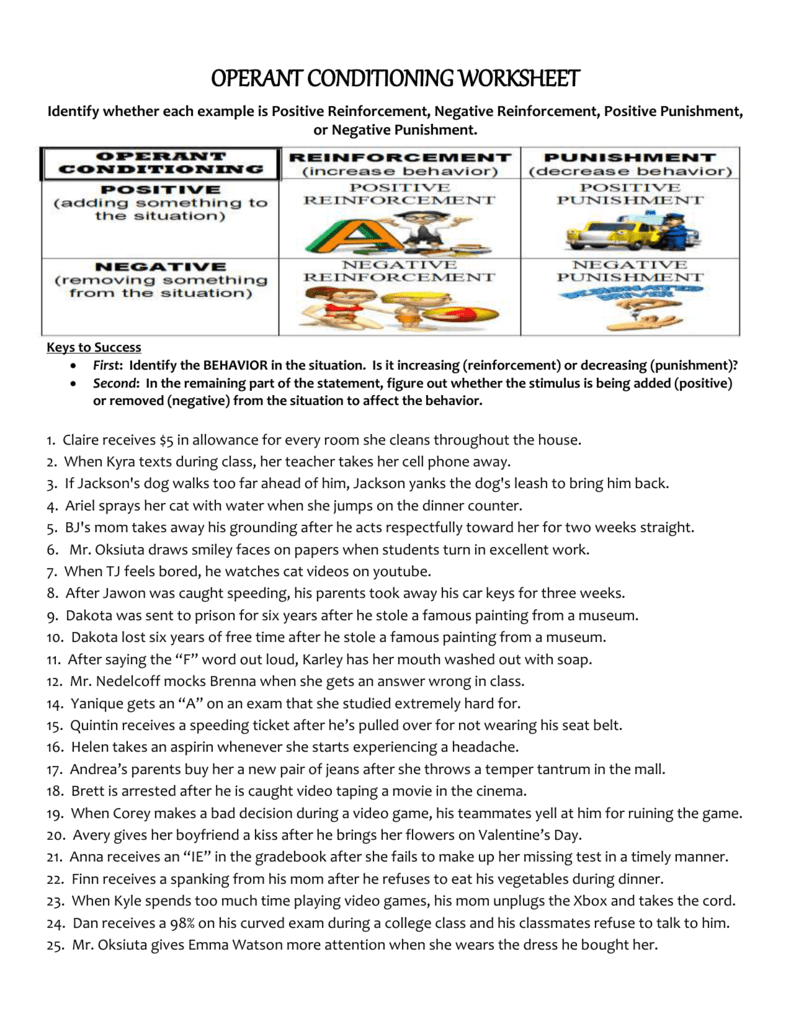
There are two key differences between negative punishment and negative reinforcement. One does so by taking away a pleasant stimulus and other by adding an aversive stimulus. Secondly, both negative and positive punishment are intended to decrease the likelihood of a behavior occurring again. The term negative is used because it involves the removal of something. For example, when a teacher takes a privilege away from a student, they are using negative punishment. However, positive punishment refers to applying or delivering an aversive stimulus. There is one primary difference and one primary similarity between negative and positive punishment.įirst, negative punishment refers to removing a pleasant stimulus. Negative punishment is sometimes incorporated in applied behavior analysis (ABA) which is often implemented in school settings, psychiatric hospitals, or correctional facilities (Madden, 2012).ĭave Cornell (PhD) Negative vs. The stimulus itself must have a positive hedonic value in order for it to be utilized as a negative punisher (Poling et al., 2002)

Negative punishment is sometimes used as part of behavior modification, which is a strategy to shape a person’s behavior through a systematic plan of rewards and punishments.īy applying negative punishment to unwanted behavior and delivering rewards to wanted behavior, the individual’s behavioral patterns will change over time.īecause the stimulus being removed is a pleasant one, it may have previously been used as a reward. The term negative is used because it refers to the removal of a stimulus, in this context the stimulus is something the individual finds pleasurable.

The purpose of applying negative punishment is to decrease the chances of that target behavior occurring again.

Negative punishment refers to removing a pleasant stimulus following an unwanted target behavior.


 0 kommentar(er)
0 kommentar(er)
